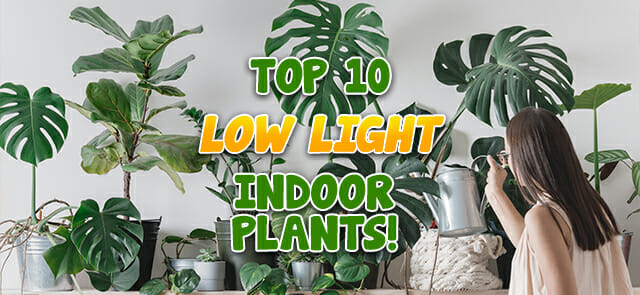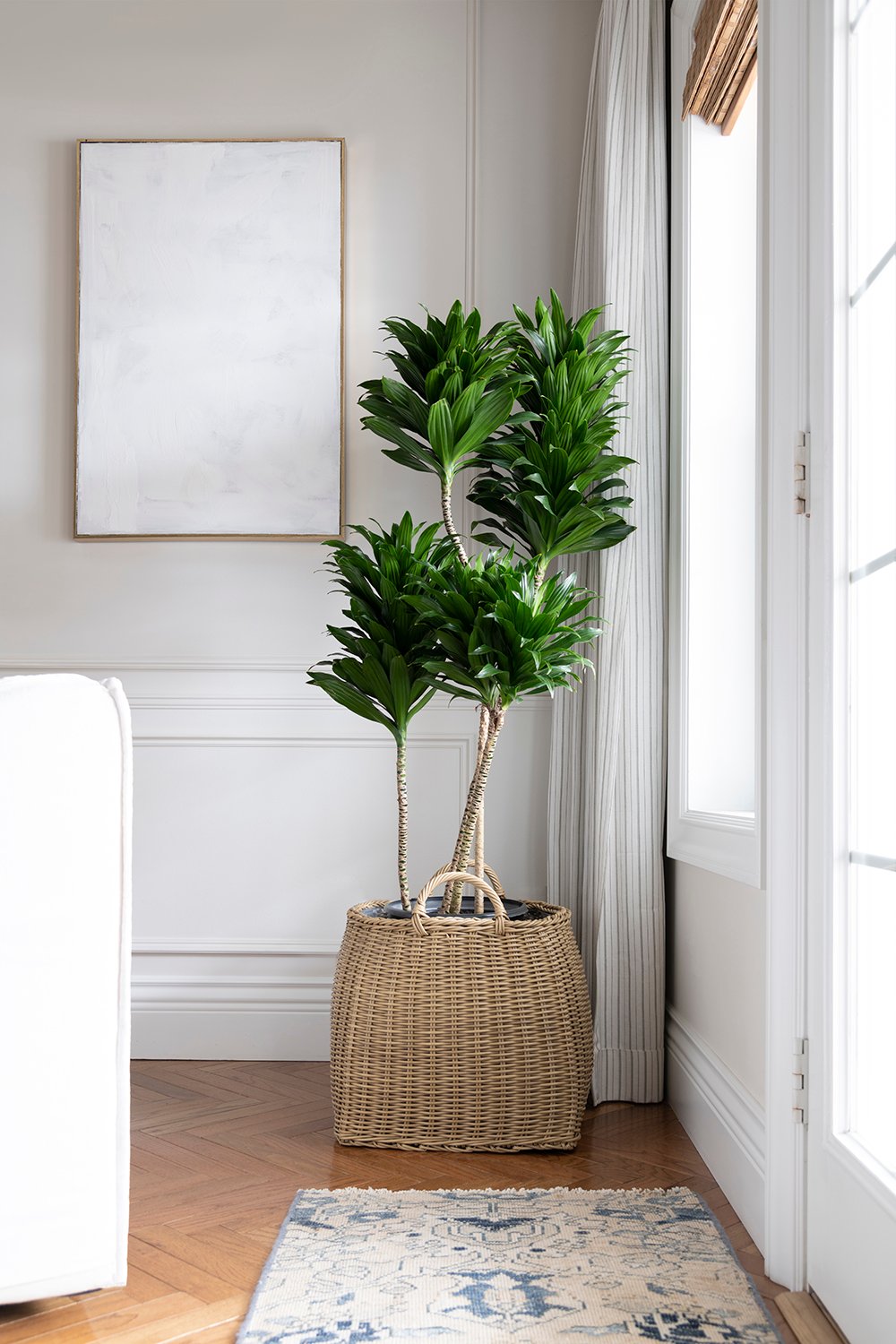The Best Low-Light Indoor Plants to Improve Your Home’s Air Quality
The Best Low-Light Indoor Plants to Improve Your Home’s Air Quality
Blog Article
Reveal the Tricks of Low-Light Indoor Plants and How They Improve Your Environment
Low-light indoor plants have actually garnered raising interest for their unique capacity to improve both visual charm and environmental quality within work environments and homes. These durable varieties, consisting of the Snake Plant and Peace Lily, not only grow in tough lighting conditions but additionally play an essential role in air purification and psychological wellness.
Benefits of Low-Light Indoor Plants
Although many individuals presume that interior plants call for abundant sunshine to prosper, low-light interior plants offer a wide variety of advantages that make them excellent for various environments. One of the key benefits is their adaptability; they can grow in spaces with restricted all-natural light, such as workplaces, basements, or areas with small home windows. This attribute enables people to boost their surroundings with greenery, adding to improved aesthetic appeals without the need for substantial lights adjustments.
Moreover, low-light interior plants can considerably boost interior air top quality by releasing and filtering harmful contaminants oxygen, making living rooms healthier. The existence of plants has been linked to greater feelings of serenity and focus.
In addition, low-light plants frequently call for much less upkeep than their sun-loving equivalents, making them optimal for busy people or those new to horticulture. Their durability allows them to love marginal treatment, hence supplying a fulfilling experience for plant lovers and beginners alike. In summary, low-light interior plants serve both aesthetic and useful objectives, making them useful enhancements to any area.
Leading Low-Light Plant Selections
Low-light indoor plants can be found in a variety of types, each offering one-of-a-kind qualities and advantages matched for dim atmospheres. Amongst one of the most popular ranges is the Serpent Plant (Sansevieria), recognized for its architectural leaves and air-purifying capabilities. This resistant plant flourishes on disregard and can tolerate a wide variety of light problems.
Another exceptional choice is the ZZ Plant (Zamioculcas zamiifolia), which includes shiny, dark green fallen leaves and is highly drought-tolerant. Its versatility makes it a favored for offices and homes with minimal sunlight.
The Pothos (Epipremnum aureum) is also a top challenger, with its trailing vines and heart-shaped fallen leaves - Best low-light indoor plants. This flexible plant can be educated to climb up or cascade, adding visual rate of interest to any type of area

Treatment Tips for Low-Light Plants
Taking care of low-light indoor plants requires a nuanced understanding of their specific needs to guarantee optimal growth and vigor. First, it is necessary to choose the right potting mix, as a well-draining dirt is vital to stop root rot. A blend designed for houseplants, usually having peat moss and perlite, works well for the majority of low-light ranges.
Watering is an additional essential aspect of treatment. Low-light plants normally need much less frequent watering compared to their sun-loving counterparts.
Fertilization needs to be approached with care. Throughout the expanding season, a diluted liquid fertilizer can be used monthly, yet in winter season, lots of low-light plants get in dormancy and require little to no fertilization.
Finally, it is essential to occasionally cleanse the leaves to eliminate dirt, permitting for better light absorption. By adhering to these treatment pointers, you can cultivate a thriving setting for your low-light indoor plants, enhancing both their look and durability.
Enhancing Air Top Quality With Plants
Interior plants play a substantial duty in improving air quality within homes and workplace. Through the procedure of photosynthesis, these plants take in co2 and release oxygen, contributing to a healthier atmosphere. Additionally, certain low-light interior plants have the capability to filter harmful toxins, such as benzene, formaldehyde, and trichloroethylene, which are generally discovered in indoor atmospheres.

Furthermore, the visibility of indoor plants can boost humidity degrees, which helps ease dry skin and breathing concerns, even more boosting overall wellness. This capacity to enhance air high quality not just promotes physical health and wellness but likewise sustains mental health.
Incorporating low-light indoor plants right into your living and working rooms can lead to an extra invigorating and vibrant atmosphere (Best low-light indoor plants). Investing in these natural air cleansers is a simple yet efficient approach for boosting indoor air quality and promoting a much healthier way of living
Creating a Peaceful Indoor Space
The assimilation of plants right into living spaces not only enhances air quality yet also contributes to a relaxing ambience. Low-light indoor plants, such as snake plants and click site pothos, are especially reliable in developing a calm setting, as they thrive in problems that check it out might or else be unwelcoming for various other greenery. Their rich foliage offers a calming aesthetic, reducing stress and advertising leisure.
Including these plants right into your office or home can evoke a sense of tranquility and health. Purposefully putting them in areas where you spend significant time, such as living rooms or workspaces, enables an immersive experience with nature, which has actually been shown to improve mood and cognitive feature.
Additionally, the mild activity of fallen leaves in reaction to air movement can produce a dynamic visual element that boosts the general atmosphere. Consider making use of a selection of plant elevations and structures to add depth and interest to your room. With thoughtful placement and treatment, low-light indoor plants can change any type of area right into a serene refuge, promoting not just visual contentment but mental and additionally emotional health.

Verdict
Integrating low-light interior plants into different environments yields significant advantages, including boosted air quality and improved visual appeal. These sturdy varieties not only prosper in minimal light but additionally contribute to a soothing ambience, advertising psychological and emotional health. By picking appropriate ranges and applying proper care methods, people can efficiently cultivate a peaceful interior room that fosters well-being and efficiency. The transformative power of low-light plants emphasizes their worth in enhancing both job-related and domestic setups.
Although lots of people think that interior plants require bountiful sunlight to grow, low-light indoor plants supply a wide variety of benefits that make them excellent for different atmospheres.Additionally, low-light interior plants can substantially improve indoor air top quality by launching and filtering unsafe i was reading this toxic substances oxygen, making living rooms healthier. Additionally, specific low-light interior plants possess the capability to filter hazardous contaminants, such as formaldehyde, benzene, and trichloroethylene, which are frequently found in indoor settings.
Low-light interior plants, such as snake plants and pothos, are especially reliable in creating a calm environment, as they prosper in conditions that might otherwise be inhospitable for other plant.Incorporating low-light indoor plants right into various atmospheres yields substantial benefits, consisting of improved air quality and improved visual appeal.
Report this page